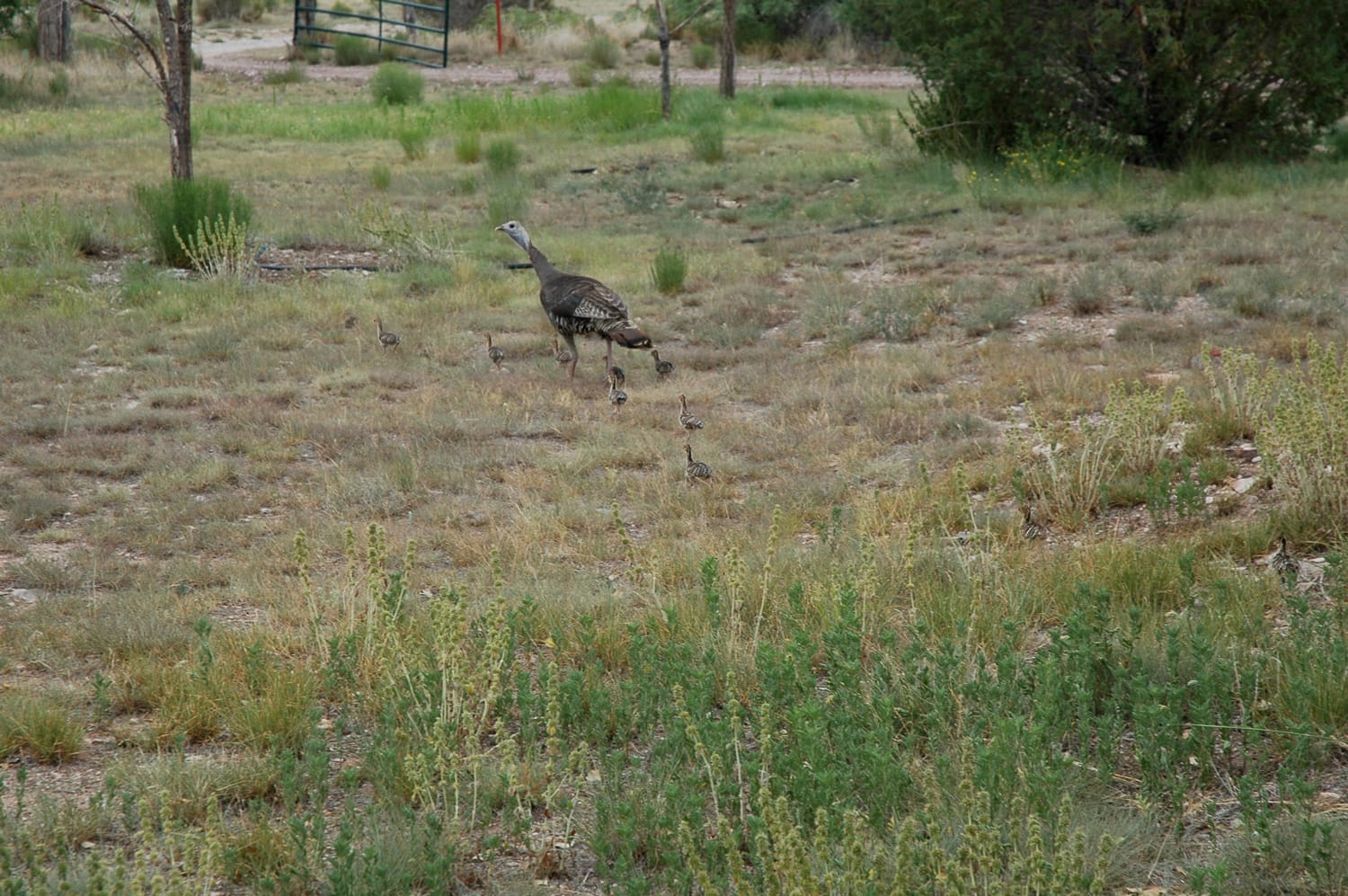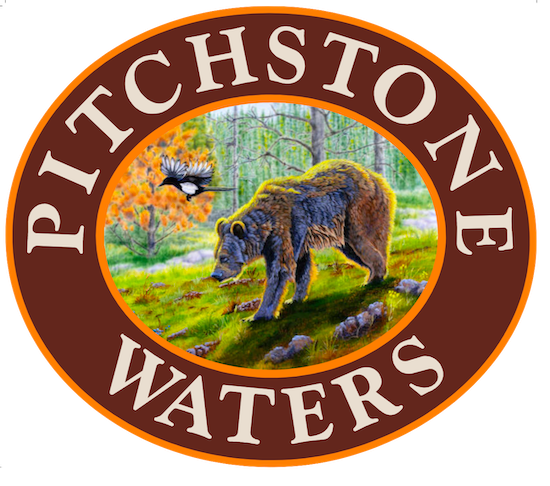Our Philosophy

Biodiversity = sustainability.
To date scientists have described 1.7 million of the world's species of animals, plants, insects and algae—and they’ve not all been described…or discovered. The number, while vast, is less important than the point it makes: nature requires diversity.
Ecosystems and food chains are intricately woven from a wide variety of plants, animals and soil life that have evolved and adapted to their specific location. Diversity of life, known as biodiversity, provides an insurance policy against uncertainty. For instance, a drought descends. Some plants can tolerate the intermittent dryness better than others. Those that do continue to provide food and cover during the extreme period, helping sustain the wildlife.
Biodiversity also ensure necessary relationships exist. Pollinators and plants. Predators and prey. Even legumes and nitrogen fixing bacteria in the soil. When those vital relationships function optimally, the overall health of the attendant ecosystem is elevated.
Biodiversity minimizes risk and increases sustainability. A monoculture, whether in production agriculture or in a pasture of introduced grass, is a weak link in life’s chain. A single disease. A single catastrophe. A single drought can wipe it from the earth’s face without a replacement.
First at Circle Ranch and now at Pitchstone Waters, we manage by maximizing biodiversity. It’s good for production, it’s good for the bottom line and it’s good for the planet.
In our world, we don’t label a species “good” or “bad.” We’ve come to understand all species can play a role in a healthy environment if—and it’s a big if—they are in balance.
As a result, we focus on the big picture. We truthfully assess where the land and the wildlife are now, using proven scientific methods and ongoing observation to ground our findings in truth. Then, we determine where we want the land and the wildlife to be in the future, striking a balance between the needs of the species as well as ecological and economic necessity.
Holistic management, the process of looking at the whole picture, is not a quick fix but a series of slow, measured steps toward healthier and better. Quite honesty, there are often missteps along the way. The beauty of paying close attention, though, is that you notice things going wrong before permanent damage is done.
Nature didn’t put all of her biological eggs in one basket—and neither do we.
Wildlife and habitat only prosper when their ecosystem is in balance.
First at Circle Ranch and now at Pitchstone Waters, we manage by maximizing biodiversity. It’s good for production, it’s good for the bottom line and it’s good for the planet. In our world, we don’t label a species “good” or “bad.” We’ve come to understand all species can play a role in a healthy environment if—and it’s a big if—they are in balance.
See below for our thoughts on the following key topic areas:
